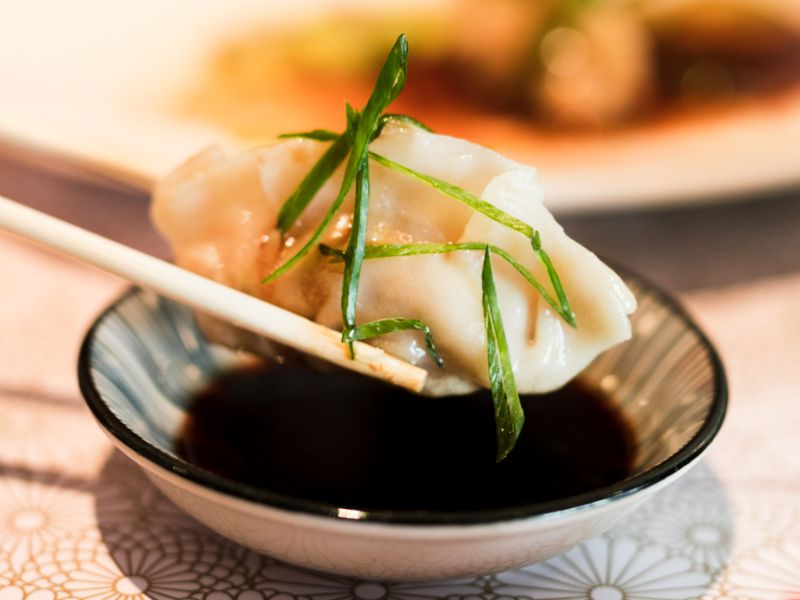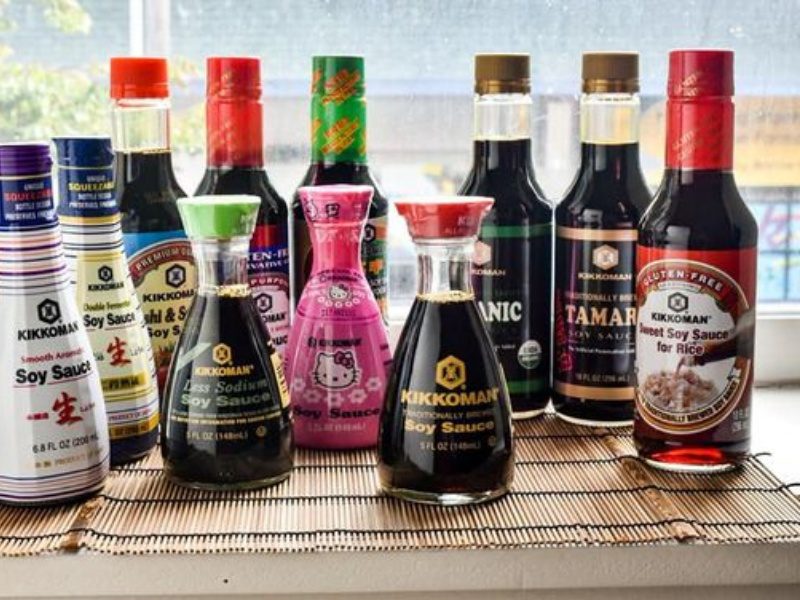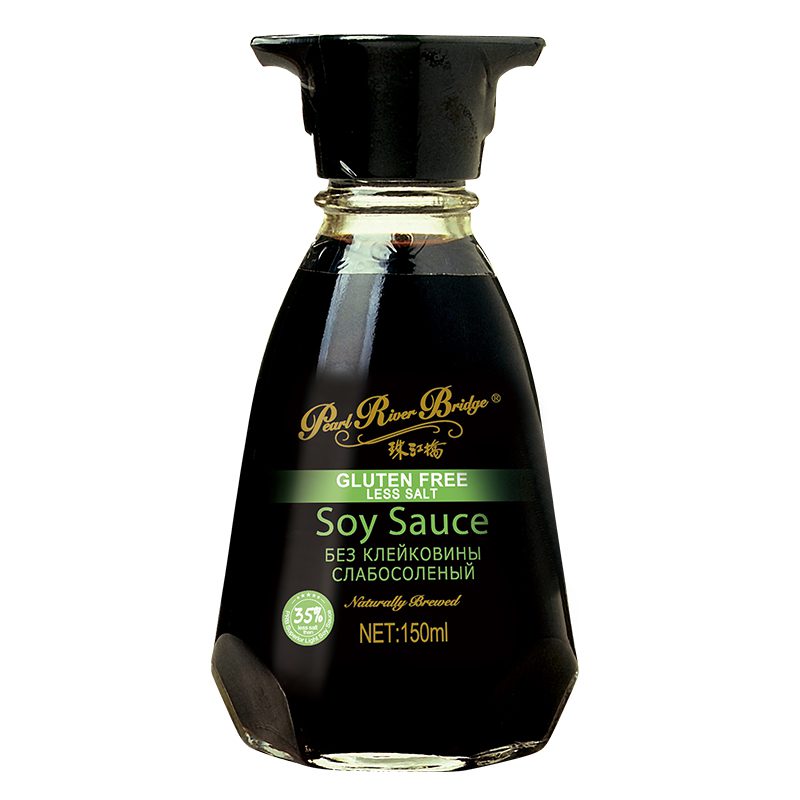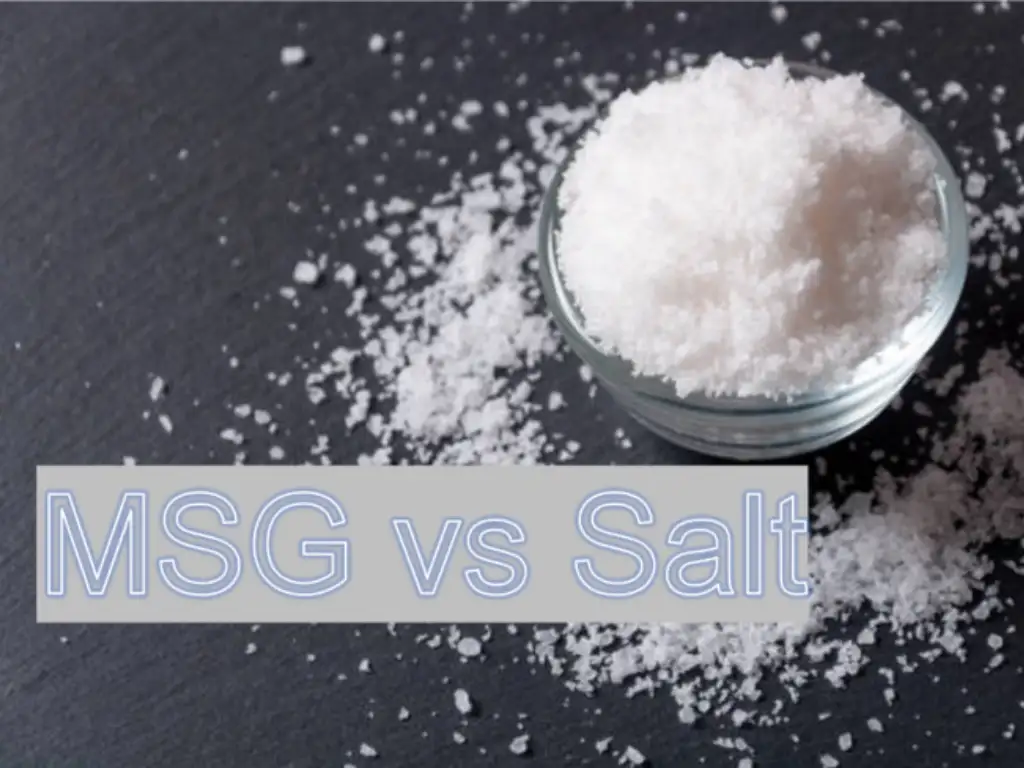- From Field to Flavor: How Are Spices Made - February 18, 2024
- Preserving Flavor: Do Seasonings Expire? - February 18, 2024
- Health Trends Impacting the Spices and Seasonings Market - February 18, 2024


How Fermentation Process Affects FODMAP in Soy Sauce
Soy sauce is a fundamental condiment in various cuisines, but its compatibility with a low FODMAP diet is not straightforward. Its FODMAP content is influenced by its ingredients and the fermentation process. Traditional soy sauce consists of soy beans, wheat, salt, and water, they will be combined and then fermented.
The fermentation process is key to understanding the FODMAP content of soy products. During fermentation, bacteria and yeast transform high FODMAP carbohydrates, such as fructans and oligosaccharides, into simpler compounds. Generally, the longer the fermentation, the lower the FODMAP content. However, the FODMAP content can differ among soy sauce types and brands due to variations in fermentation duration and additional ingredients. Therefore, fermentation can decrease FODMAPs in soy products, but it cannot guarantee that soy sauce will be low FODMAP.


Is All Soy Sauce Low FODMAP?
No, not all soy sauce is low FODMAP. Here’s a closer look at different types, we rate the FODMAP level from 1 to 10 for better understanding:
- Chinese Light Soy Sauce: Light soy sauce is a staple in China. It’s lighter in color and has a saltier taste. However, it often undergoes a shorter fermentation process, leaving it with a higher FODMAP content. If you’re following a low FODMAP diet, this might not be the best choice for you.
- Chinese Dark Soy Sauce: Dark soy sauce is less salty but has a richer, more complex flavor. Its longer fermentation process generally results in a lower FODMAP level, making it a more suitable option for those on a low FODMAP diet.
- Japanese Tamari: Tamari is a Japanese soy sauce that is usually gluten-free and made primarily from soybeans. It undergoes a longer fermentation process, which helps to reduce its FODMAP content. It’s a good alternative for those who are sensitive to gluten and FODMAPs.
- Japanese Shoyu: Shoyu is another Japanese soy sauce that contains both soybeans and wheat. While it’s less salty than Chinese light soy sauce, it’s not the best option for a low FODMAP diet due to its moderate FODMAP level.
- Seasoned Soy Sauce: Seasoning soy sauces are often infused with additional flavors like garlic, onion, or even mushroom. These added ingredients can significantly increase the FODMAP content. If you’re on a low FODMAP diet, seasoning soy sauce is not a good option.
- Flavored Soy Sauce: Flavored soy sauces are the trickiest when it comes to FODMAP content. They often contain added sugars, fruits, or even spices that are high in FODMAPs. Unless you find a flavored soy sauce that is certified low FODMAP, it’s safer to avoid these.
| Types of Soy Sauce | FODMAP Level (1-10) |
| Chinese Light Soy Sauce | ⭐️⭐️⭐️⭐️⭐️⭐️ |
| Chinese Darrk Soy Sauce | ⭐️⭐️⭐️ |
| Japanese Tarami | ⭐️⭐️ |
| Japanese Shoyu | ⭐️⭐️⭐️⭐️⭐️⭐️ |
| Seasoned Soy Sauce | ⭐️⭐️⭐️⭐️⭐️⭐️⭐️⭐️ |
| Flavored Soy Sauce | ⭐️⭐️⭐️⭐️⭐️⭐️⭐️⭐️⭐️ |
Each type of soy sauce has its own unique characteristics and FODMAP levels, so choose wisely based on your dietary needs.
Is Tamari Soy Sauce or Gluten-Free Soy Sauce Low FODMAP?
Yes, Tamari and most gluten-free soy sauces are generally lower in FODMAPs. Let’s dig into the reasons why:
Gluten-Free Soy Sauce vs. Traditional Soy Sauce
Tamari is a distinct Japanese soy sauce, often gluten-free and primarily derived from soybeans, with little or no wheat presence. On the other hand, many regular soy sauces contain wheat, which can increase their FODMAP content. Lab tests conducted by Monash University have confirmed that soy sauce is low FODMAP in servings of up to 2 Australian tablespoons (42 g). This applies to both soy sauce and tamari, with tamari being a gluten-free variant of soy sauce, usually made without wheat. Thus, for those aiming to lower FODMAP intake, Tamari or a certified gluten-free soy sauce is a preferable selection.
Fermentation Process
The fermentation process is a key factor in determining the FODMAP content of soy sauce, with Tamari typically undergoing a longer fermentation compared to other types. This extended fermentation is crucial as it helps break down high FODMAP carbohydrates into simpler, more digestible compounds, making products like Tamari more suitable for a low FODMAP diet. Additionally, the presence of maltodextrin, a starch-derived additive in soy sauce, is noted for its ease of digestion, further reinforcing the suitability of certain soy sauces for those following a low FODMAP diet. Therefore, traditionally fermented soy sauces, especially those with a longer fermentation process like Tamari, tend to have a lower FODMAP content, making them a safer option for individuals with dietary restrictions related to FODMAPs.
Gluten and FODMAPs
While gluten is not a FODMAP, many people with IBS also have non-celiac gluten sensitivity. Tamari, being gluten-free, serves as a good alternative for those avoiding both gluten and high FODMAP foods. Hitting two birds with one stone!
FODMAP Testing
While there aren’t many studies specifically on the FODMAP content of Tamari, some brands are certified low FODMAP. If you’re cautious, look for these certifications to ensure you’re making a gut-friendly choice.


Recommendations of FODMAP Soy Sauce
Navigating the world of soy sauces while on a low FODMAP diet can be challenging. However, there are several brands that cater to those with dietary restrictions, ensuring that you don’t have to compromise on flavor. If you’re on a low FODMAP diet, here are some soy sauce brands to consider:
- Pearl River Bridge Gluten Free Soy Sauce: A favorite in many Asia kitchens, this brand has been a consistent presence in kitchens worldwide. Known for its balanced taste, Pearl River Bridge Soy Sauce is generally lower in FODMAPs. Its versatility makes it a go-to for many dishes, ensuring that those on a restricted diet don’t miss out on the rich, savory flavors of traditional soy sauce.
- San-J Tamari: Standing out as a gluten-free option, San-J Tamari is often recommended for those looking to reduce FODMAP intake. Its robust umami flavor provides depth to dishes without the accompanying high FODMAP content. Whether you’re making a stir-fry or a marinade, San-J Tamari is a fantastic alternative to conventional soy sauces.
- Fody Foods Soy Sauce: For those who are meticulous about their FODMAP intake, Fody Foods offers a soy sauce that’s been certified by Monash University. This certification means it’s been rigorously tested and verified for its low FODMAP content. With a rich flavor profile, it’s an excellent choice for those who want to ensure their soy sauce aligns with their dietary needs.
In conclusion, while a low FODMAP diet might seem restrictive, there are plenty of soy sauce alternatives available that cater to this dietary requirement. Always check the label and, when possible, opt for brands that have been certified or tested for their FODMAP content.
How to Identify Low FODMAP Soy Sauces
When shopping for soy sauce, keep these tips in mind:
- Check the ingredient list for the amount of FODMAP items like garlic, onion, or high fructose corn syrup.
- Look for products that have been lab-tested by Monash University. Low FODMAP serving sizes are generous 2 Australian tablespoons (42 grams).
- Check for low FODMAP products using apps like Fig, which allows you to scan a product’s barcode to see if it’s low FODMAP.
- Read product labels carefully. Soy is a common ingredient in many foods, so it’s important to know which soy ingredients are low and high FODMAP. Common low FODMAP soy ingredients include soy protein isolate, edamame, soybean oil, soy lecithin, shoyu, and tofu. Common high FODMAP soy ingredients include soybeans, soy flour, soy nuts, textured soy protein or TVP, and soy protein concentrate.
Conclusion
In summary, not all soy sauces are FODMAP friendly, but options like Tamari or certified low FODMAP brands can be a good choice. Always read labels carefully and consider the type and brand of soy sauce to make the best choice for your gut health.






